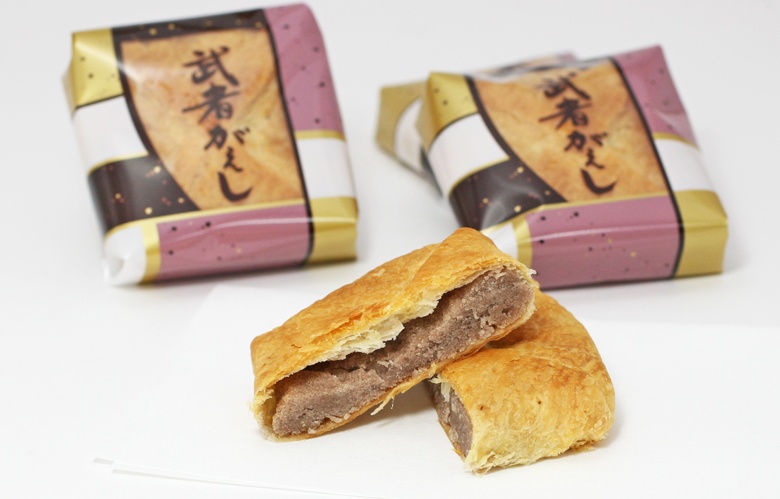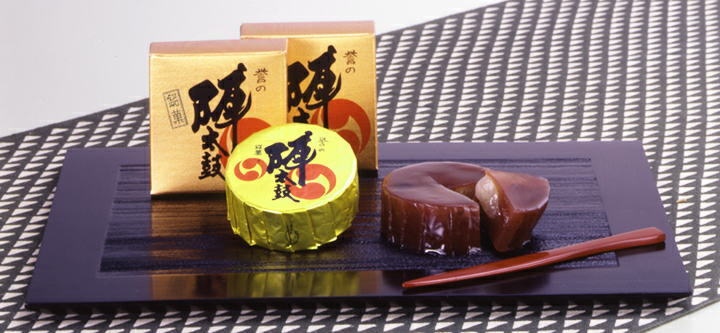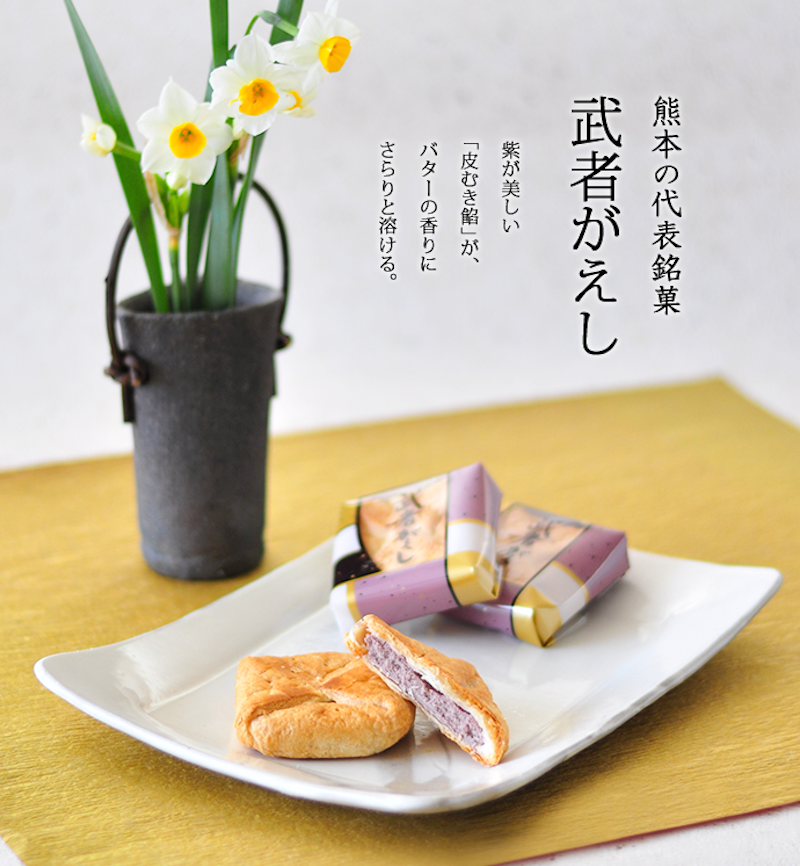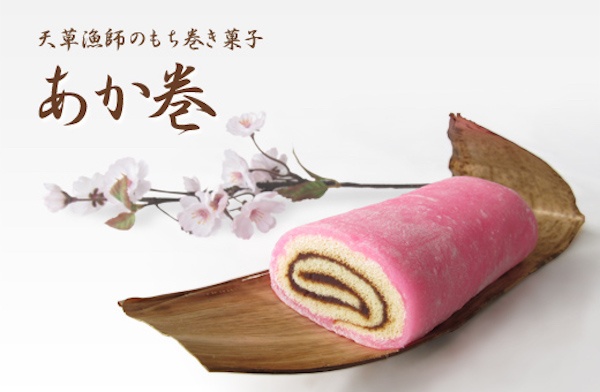4 Signature Snacks from Kumamoto
Sweet treats can be found around the world. In addition to being good gifts and satisfying certain cravings, many Japanese sweets also boast long tradition and history as well. Check out four of Kumamoto Prefecture's signature traditional sweets, and rest assured that they're delicious, too!
By Lars Painter4. Jindaiko (陣太鼓)
Jindaiko is one of Japan's red bean sweets. Glutinous rice mochi is coated with red bean, or adzuki, paste and formed into stout cylinders. The beans are selected individually by a specialist to ensure a top-quality product. And though the beans are grown in Hokkaido because jindaiko makers have an exclusive contract with adzuki bean farmers there, only water sourced locally in Aso City, Kumamoto, is used.
Jindaiko can be eaten at room temperature or frozen—a real treat in summertime!
3. Matsukaze (松風)
Since the Nanboku-cho Period (1334-1392), and with improvements over the many years since, the matsukaze craft made the journey from its birthplace in Kyoto to Kikuchi City, Kumamoto. Here it has evolved to its present form, which is known as "Japan’s thinnest sweet," with a thickness of 1.5 millimeters.
Flour, beet sugar, locally produced eggs and poppy seeds are mixed, flattened and baked, after which craftspeople's hands are required to slice them into strips. We suggest you enjoy this unique treat with a cup of green tea!
2. Musha-gaeshi (武者返し)
Kumamoto Castle, arguably one of the three most famous castles in Japan, took seven years to build and was said to be an impregnable fortress built by an expert builder of castles, Kato Kiyomasa. The castle emanates splendor, yet its stone walls, called musha-gaeshi, which means "keeping off warriors," have an architectural curve that turns into a vertical wall as a would-be invader attempts to scale them. With pink adzuki paste defended by baked butter puff pastry, these sweets share in the good luck of those stone walls!
1. Akamaki (あか巻)
People in the town of Ushibuka on Kumamoto's beautiful Amakusa archipelago used to grow red rice. The rice was first offered to a deity, and the rest became mochi (rice cake). Later, inspired by French tarts, this red rice cake was smoothed over sponge cake and rolled into a spiral, becoming akamaki!
Fishermen have been enjoying akamaki as a good luck snack ever since. Until the 1990s there were only a few shops in Ushibuka that made the unique sweet, but it's becoming more popular as a souvenir. More shops make their own akamaki today, creating variations in flavor and color with each shop's individual style.








